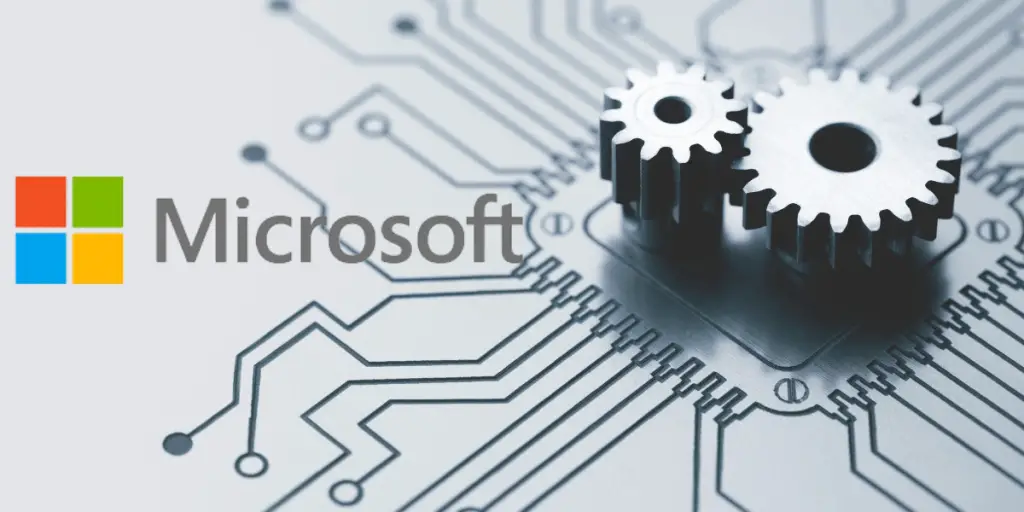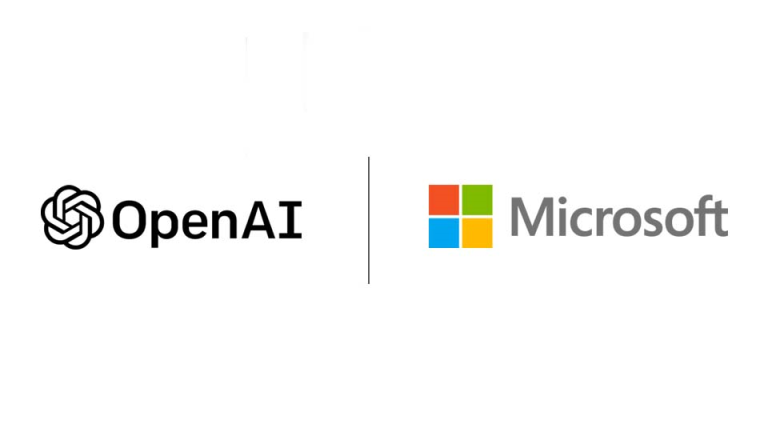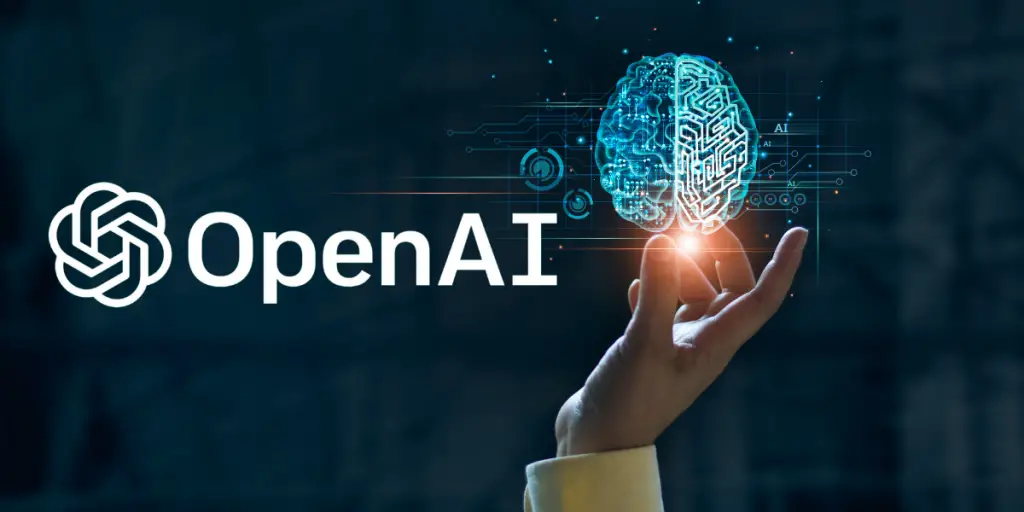Microsoft and OpenAI's $2M Initiative Against Election Deepfakes

In a digital age where truth can be easily manipulated, deepfakes pose a significant threat to the integrity of democratic processes. Recognizing this challenge, Microsoft and OpenAI have joined forces, launching a $2 million initiative aimed at combating the spread of these sophisticated digital fabrications during elections. This article explores their strategies to uphold electoral integrity and safeguard democracy from the disruptive influence of artificial intelligence.
Microsoft and OpenAI have embarked on a $2 million initiative to combat election deepfakes, focusing on technological developments and educational programs to bolster voter information integrity and trust.
Table of Contents
What is deepfake?
Deepfake technology leverages artificial intelligence to create or alter video and audio recordings with astonishing realism. The term, a blend of “deep learning” and “fake,” points to its underlying neural network architectures that synthesize human-like attributes in multimedia content. This technology has garnered widespread attention due to its potential to disrupt the truth continuum—fabricating scenarios that never occurred, from scandalous political statements to counterfeit celebrity endorsements. The rising proficiency and accessibility of deepfake tools have escalated concerns about their role in misinformation and electoral manipulation, making their regulation and control a critical issue.
Why Microsoft and OpenAI crack down deepfake election?

Recognizing the significant threat posed by deepfakes to electoral integrity, Microsoft and OpenAI have inaugurated a $2 million fund aimed at mitigating these risks. This section explores the multifaceted impact of deepfakes on voter safety and the proactive measures being undertaken.
Confusing Voter Information
Deepfakes can severely distort voter perceptions by presenting fabricated content as real. This manipulation is capable of altering voter behavior by misleading them on candidate policies or actions, potentially swaying election outcomes based on falsehoods.
Undermining voter trust
Trust is a cornerstone of any democratic process. Deepfakes erode this trust, creating skepticism among the electorate regarding the authenticity of the information they receive. Restoring this trust is paramount, as voter disenchantment can lead to lower turnout and questioning of electoral results.
Legal and ethical implications
The creation and distribution of deepfakes pose significant legal challenges, particularly around defamation, impersonation, and the right to privacy. Microsoft and OpenAI’s initiative also considers the ethical dimensions, promoting standards and regulations to guide the responsible use of AI technologies.
Also read:How to Fighting Deepfakes in 2024? The Ultimate Guide
How do deepfakes affect voter perceptions?
Deepfakes pose a significant threat to voter perceptions by distorting the information landscape in which democratic decisions are made. These sophisticated AI-generated fabrications are capable of altering voter behavior in several consequential ways.
Manipulating Reality
Deepfakes can create highly convincing false representations of political figures saying or doing things that never happened. This can mislead voters about a candidate’s positions or actions, potentially swaying their opinions based on falsehoods rather than facts.
Eroding Trust
As voters encounter more artificial content that is indistinguishable from real footage, their trust in media and political communications can significantly decrease. This erosion of trust makes it challenging for voters to discern credible sources from deceitful ones, leading to increased skepticism and potential disengagement from the electoral process.
Fueling Misinformation
Deepfakes can rapidly circulate through social media and other digital platforms, spreading misinformation at a scale and speed that traditional fake news cannot match. This widespread dissemination can amplify false narratives significantly before they are debunked, affecting public opinion and the democratic discourse.
Microsoft and OpenAI’s measures to combat deepfakes

In the face of escalating concerns about deepfakes and their potential to disrupt democratic processes, Microsoft and OpenAI are actively developing strategies to detect and mitigate these threats. Their approach combines technological innovation with widespread educational efforts to enhance public awareness and resilience against manipulated content. Here are the key measures they are implementing
- Develop advanced detection technologies: Leveraging cutting-edge AI to create tools capable of accurately identifying deepfakes. These technologies are designed to detect anomalies in video and audio files that may indicate manipulation.
- Educational Initiatives: Launching programs aimed at increasing AI literacy among the public. These initiatives help people understand how AI can be used to create deceptive content, teaching them how to critically evaluate the media they consume.
- Collaborations with academic and tech Communities: Partnering with universities, research institutions, and other technology companies to foster a broad-based approach to deepfake detection and mitigation.
- Promote Industry Standards: Working within the tech industry to establish common standards and practices for the ethical use of AI, ensuring that technologies developed are used responsibly.
- Grant research funding: Providing financial support to organizations and researchers working on novel ways to detect, trace, and expose AI-generated fake content.
Benefits of cracking down on deepfakes election
Microsoft and OpenAI’s collaborative efforts to address the proliferation of deepfakes are set to have a profound impact on the electoral landscape. By implementing robust measures against artificial manipulations, they aim to safeguard the integrity of elections and restore public confidence. Here are the anticipated impacts of their initiative:
- Enhanced Detection Capabilities: Improved tools will more accurately identify and flag deepfake content, reducing the likelihood of misinformation affecting voter decisions.
- Increased Public Awareness: Educational programs will equip voters with the skills to discern real from manipulated media, fostering a more informed electorate.
- Strengthened Electoral Integrity: By curbing the spread of fake news, these measures help ensure that elections are fair and transparent, reflecting the true will of the people.
- Global Standardization: Efforts to promote industry standards may lead to widespread adoption, creating a unified front against digital deceit globally.
OpenAI develops new deepfake detector

In a significant technological advancement, OpenAI has introduced a new deepfake detection tool designed to address the growing challenge of digital misinformation. This advanced tool uses machine learning to analyze and identify alterations in video and audio files, ensuring that content remains trustworthy, especially during critical events like elections. With its real-time detection capabilities, the system can quickly discern authentic from manipulated media, aiding in the prevention of the spread of false information. OpenAI’s detector is not only highly accurate but also user-friendly, making it accessible to a wide range of users from technology experts to the general public. This development represents a significant step forward in maintaining the integrity of information across digital platforms.
How does OpenAI’s deepfake detector work?
OpenAI’s deepfake detector utilizes machine learning algorithms to analyze visual and audio content, distinguishing real from fabricated media. The detector is based on the latest advancements in neural networks and pattern recognition, trained on vast datasets of authentic and AI-manipulated content. This training enables the tool to learn and predict the subtle cues that differentiate real human features from their AI-generated counterparts.
Future development of Deepfake detection technology
As digital content becomes increasingly indistinguishable from reality, the development of deepfake detection technology is more crucial than ever. This field is rapidly advancing to keep pace with the growing sophistication of artificial intelligence techniques that produce hyper-realistic fakes. Looking forward, several key trends are likely to shape the evolution of this vital technology.
Adaptive Learning Algorithms
Future deepfake detectors will utilize more advanced machine learning algorithms capable of adaptive learning. This means they can continuously update their understanding based on new deepfakes as they are detected, improving their accuracy over time without human intervention.
Cross-Platform Integration
As deepfakes can spread quickly across different media, detection technology will need to be integrated across multiple platforms. This includes social media, news outlets, and private communications to ensure comprehensive coverage and immediate detection.
Collaboration and Standardization
Given the global nature of digital media, international collaboration will be essential. Expect to see more standardized approaches to detection, driven by agreements among tech companies, governments, and NGOs, to create unified strategies and tools that can be widely adopted.
Enhanced Verification Features
Beyond detecting deepfakes, future technologies will likely focus on verifying content authenticity at the point of creation. Technologies such as digital watermarking and blockchain could provide a verifiable history of digital content, making it easier to trust the origins and integrity of media.
Challenges remain with deepfake detection
Despite significant advancements, several hurdles remain in the path of effective deepfake detection. This section outlines the key challenges that must be addressed to enhance the reliability of these technologies.
Adapting to Evolving AI Capabilities
As AI technologies become more sophisticated, so do the methods for creating deepfakes. Detection systems must continually adapt to these advancements to remain effective.
Balancing Detection with Privacy Concerns
Implementing deepfake detection tools must be balanced with respecting user privacy. Ensuring these tools do not infringe on personal rights is crucial to their acceptance and deployment.
Ensuring Global Standards
Establishing and maintaining global standards for deepfake detection is essential to manage the international nature of digital content and misinformation.
Conclusion
The initiative by Microsoft and OpenAI represents a formidable effort to safeguard democracy against the insidious threat of deepfakes. Through technological innovation and strategic partnerships, they aim to fortify the foundations of electoral integrity. However, as the digital landscape continues to evolve, so too must the tools we rely on to protect it. The journey towards a fully secure digital electoral environment continues, marked by both challenge and opportunity.

